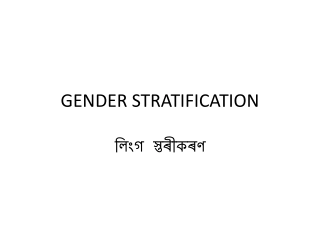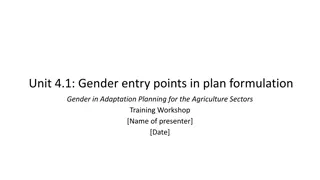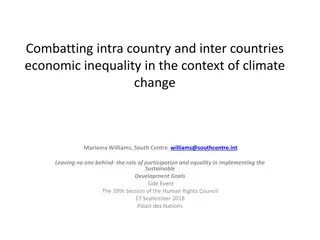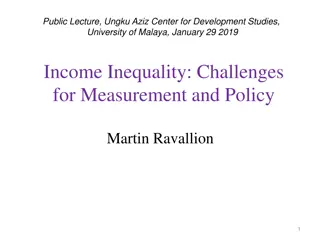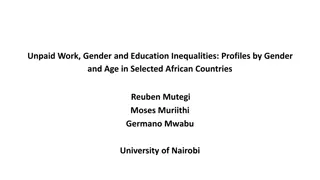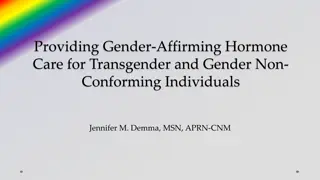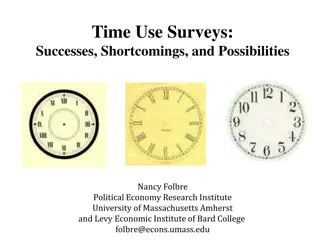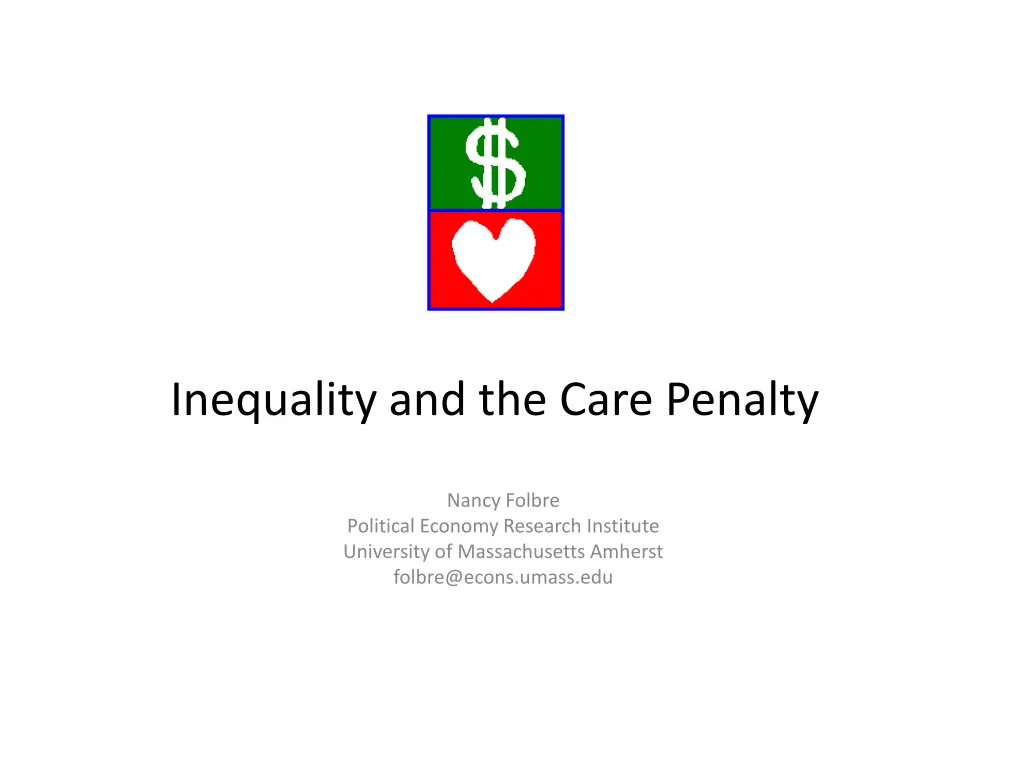
Understanding the Care Penalty: The Impact of Inequality on Care Work
Explore the concept of the care penalty and its significance in addressing inequalities in care work. Discover theories, empirical evidence, and policy implications related to the care penalty, emphasizing the role of emotional attachments and commitments. Delve into the similarities between unpaid and paid care services, highlighting the challenges and common characteristics. Uncover the impact of endogenous preferences on care provision and the gendered norms influencing the care sector.
Download Presentation

Please find below an Image/Link to download the presentation.
The content on the website is provided AS IS for your information and personal use only. It may not be sold, licensed, or shared on other websites without obtaining consent from the author. If you encounter any issues during the download, it is possible that the publisher has removed the file from their server.
You are allowed to download the files provided on this website for personal or commercial use, subject to the condition that they are used lawfully. All files are the property of their respective owners.
The content on the website is provided AS IS for your information and personal use only. It may not be sold, licensed, or shared on other websites without obtaining consent from the author.
E N D
Presentation Transcript
Inequality and the Care Penalty Nancy Folbre Political Economy Research Institute University of Massachusetts Amherst folbre@econs.umass.edu
Theory: Why a Care Penalty? Empirics: Measuring Care Work and Care Penalties Policy: Why the Care Penalty Matters
Theory Emotional attachments and moral commitments help solve contracting problems that require non-market solutions.
Attachments and commitments are costly. They limit exit and bargaining power.
This Approach Emphasizes: Links between the weak bargaining power of caregivers in the family and in the labor market. Similarities between the supply of care services in both unpaid and paid work.
Care Work: Concern for the well-being of the care recipient is likely to affect the quality of the services provided. For Love and Money: Care Provision in the U.S. Edited by Nancy Folbre (New York: Russell Sage, 2012)
Common Characteristics of Unpaid and Paid Care difficulty measuring output (information problems, externalities, team production) significant intrinsic motivation (concern for well-being; warm-glow altruism) lack of consumer sovereignty (inability to choose; third party decision-making and/or payment, information problems) highly gendered norms (including asymmetries between marriage market and labor market )
Endogenous Preferences I didn t expect this and I didn t want it, but my heart s involved now. (A grandmother, describing her care for her grandson.) I love them. That s all, you can t help it. (Paid caregivers, describing their feelings toward many of their clients.) In psychological terms, attachment.
Consequences for Bargaining Hold up, prisoner of love ; chicken game, lack of property rights, inelastic supply
Bargaining in the Home The more altruistic parent (or child) assumes greater burdens. Family care entails person-specific skills that are not fungible in the labor market. Relationship dissolution more costly for women than for men.
Bargaining in the Labor Market Efficiency wages higher wages elicit more effort or quality --therefore cost- effective Not in care work! Quality of output difficult to measure and charge for. Pay for performance is problematic (and contested) in care work.
The Supply of Caring Labor S S W* Wc D Q Quantity of paid workers (between 2 arrows) Supply of unpaid labor
Wages Affect Supply of Unpaid Care Price effect increases opportunity cost Income effect unpaid or informal care a normal or a superior good Coordination effect scheduling inflexibility is surprisingly important Normative effect devaluation of care work affects norms The Supply of Unpaid Care Affects Wages Lowers wages for paid care Exacerbates class/race differences-- affluent women can purchase substitutes and bargain more effectively for work/family flexibility
Empirics: Measuring Care Work and Care Penalties (especially those relevant to inequality) Resistance to economic valuation of unpaid care. Policy discrimination against caregivers. Family responsibility discrimination in the workplace Direct measurement of care penalty
Resistance to Valuation of Unpaid Care Conventional measures of family income ignore the value of non-market work. Valuation of non-market work has an equalizing effect in the cross-section, but most likely a disequalizing effect over time as women increase participation in paid employment, where inequality is greater. NEED MORE EMPIRICAL RESEARCH!
Policy Discrimination Swapping children from 9 to 5 would increase eligibility for EITC Foster parents get substantially more public support than other parents. In many states, foster parents pay a kin penalty. Many states make inadequate provision for home care (as opposed to institutional care) for the elderly and people with disabilities due to fears of a woodwork effect. In many states, consumer-directed home care programs exclude spouses from eligibility for payment. Gender bias in compensation for the families of victims of 9-11
Family Responsibility Discrimination Audit studies and legal cases show that employers prefer not to hire or promote mothers of young children and also penalize men with heavy care responsibilities. Is this discrimination based on norms/preferences or statistical discrimination based on perception that those with family responsibilities will invest less heavily in job performance? NEED MORE EMPIRICAL RESEARCH!
Direct Measurement of Care Penalty MANY POSSIBLE DEFINITIONS! Impact of children on earnings net of all other human capital and employment Characteristics. Impact of children on earnings net of all other human capital and employment characteristics and individual fixed effects Impact of care provision for children and parents (controlling or NOT) for these characteristics. Impact of entering employment in the paid care sector. Impact on lifetime earnings (controlling or NOT) of all of the above. Impact on lifetime INCOME (controlling or NOT) of all of the above. NEED MORE EMPIRICAL RESEARCH
Care Penalty Findings Penalty for motherhood net of everything else that can be controlled for (but seems to have diminished in recent years). Penalty for motherhood differs significantly across countries and is clearly related to public policy. Employment and promotion effects differ. Penalty for motherhood in U.S. greatest at the top or at the bottom ? Unresolved! Care for elderly parents reduces labor supply and earnings (but may be partially endogenous) Effect of hours worked on earnings seems to be increasing over time. VERY LITTLE RESEARCH ON EFFECTS ON LIFETIME INCOME!
Care Policies to Reduce Inequality Provide more public support for low-income care givers. Encourage gender neutrality in care provision. Combine paid family leaves from work with child care, early education, and home and community-based services for the elderly . Reduce penalties for part-time work, discourage overtime, give workers more control over scheduling. Increase pay and benefits in care occupations.

